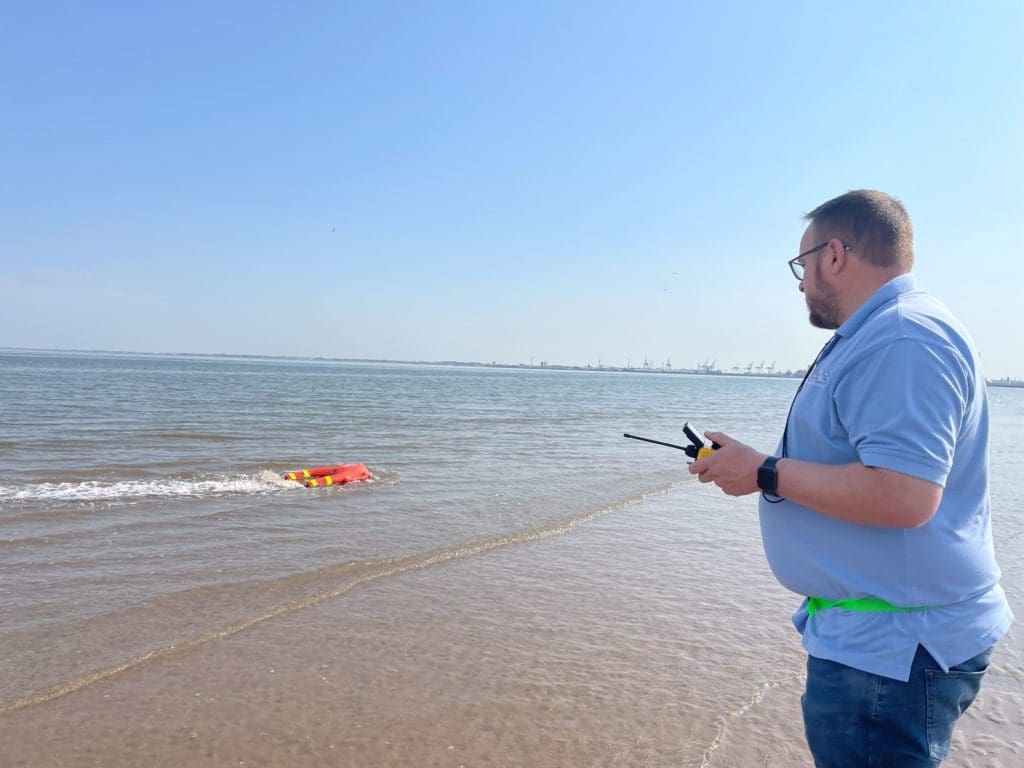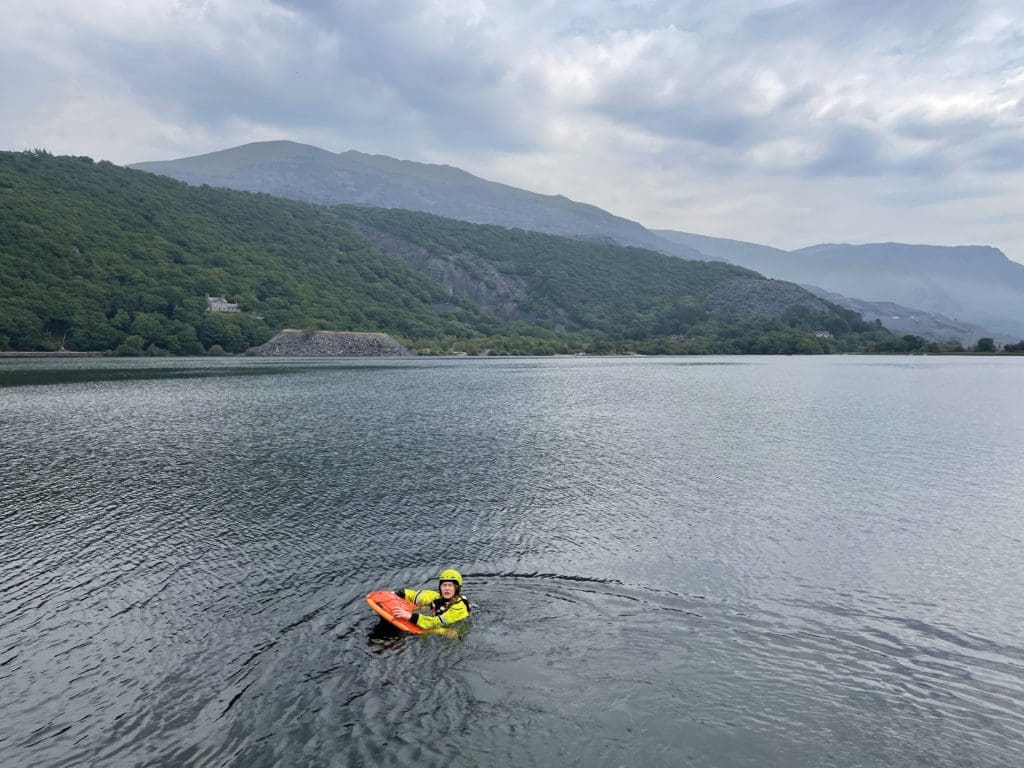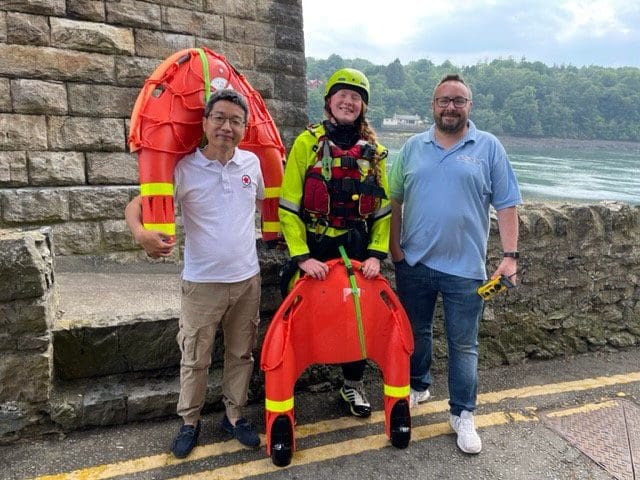A team of North Wales water rescue experts are behind the UK launch of a pioneering lifesaving device timed to coincide with World Drowning Prevention Day (Tuesday, July 25th).
Ruth Lee Ltd, a world-leading provider of rescue training aids, has been working with Outreach Rescue in Bangor to test the device.
The Fast Rescue Device (FReD) is an innovative remote-controlled life buoy for water rescue designed for when a person in trouble in deep water needs swift help or is too far away for a throwline.
The 12.5kg unmanned surface vessel is a powerful device that can be used in a wide range of conditions, including fast moving water and waves up to three metres.

World Drowning Prevention Day is held annually on July 25th to highlight the tragic and profound impact of drowning on families and communities and offer life-saving solutions to prevent it.
According to the World Health Organisation, drowning is the third leading cause of unintentional injury death worldwide and accounts for 7% of all injury-related deaths. Globally, there are estimated to be 236,000 drowning deaths every year.
The Royal Lifesaving Society UK’s recent ‘National Drowning Report UK 2022’ highlights that 226 of those deaths happened in our own nation, with 60% of these occurring inland, in rivers, lakes and other bodies of water. 83% of those fatalities were male and the average age of accidental fatality inland was 35 years, compared to 51 years at the coast.
FReD was unveiled at last month’s Royal Life Saving Society UK Conference in Coventry.
Sarah Hampson, Global Marketing Manager of North Wales based Ruth Lee Ltd, leading experts in lifeguard and water rescue products, which is supplying the innovative product in the UK, said: “Sometimes rescuers need a fast deployment to ensure the best possible outcome for someone in peril in the water.
“FReD has an industry-leading range of 800 metres and can quickly and safely carry out a rescue without risking a rescue swimmer.
“It is perfect for a range of teams including lifeguards, beach lifeguards, open water swimming sites, docks and harbours as well as search and rescue teams working in open water, commercial shipping, leisure boating and cruise ships.
“At Ruth Lee we are committed to assisting the outstanding work undertaken by the drowning prevention community to reduce fatality statistics. We see FReD as an important rescue tool and are excited to be introducing it into the UK.”

Jess Ward, Technical Rescue Trainer for Outreach Rescue in Bangor, North Wales, was the first person in the UK to test FReD. She took it out to Llyn Padarn in Snowdonia, one of the largest natural lakes in Wales and 94 feet deep in places, and the fast-moving Menai Strait off Anglesey.
She said: “FReD is a brilliant device for scenarios where you need to get a buoyancy aid out quickly to a conscious casualty in water. It’s big, orange and buoyant with nice easy handles to hold on to and would be a useful tool for stabilising a person in the water.
“At seven knots unloaded, I was impressed at the speed it can travel, its controlled manner, and the fact that it provides a low-risk option to the person conducting the rescue. Because the user operates it from land, they don’t have to commit to getting into the water, avoiding the associated risks of in-water rescue.
“Once FReD has reached a person in trouble, it can automatically return to land using GPS positioning, can be manually directed back, or just used as a buoyancy device while awaiting rescue from trained professionals.
“It will be useful in popular bathing areas where it can be deployed as soon as someone gets into difficulty to provide rapid assistance and prevent a situation from worsening.”

